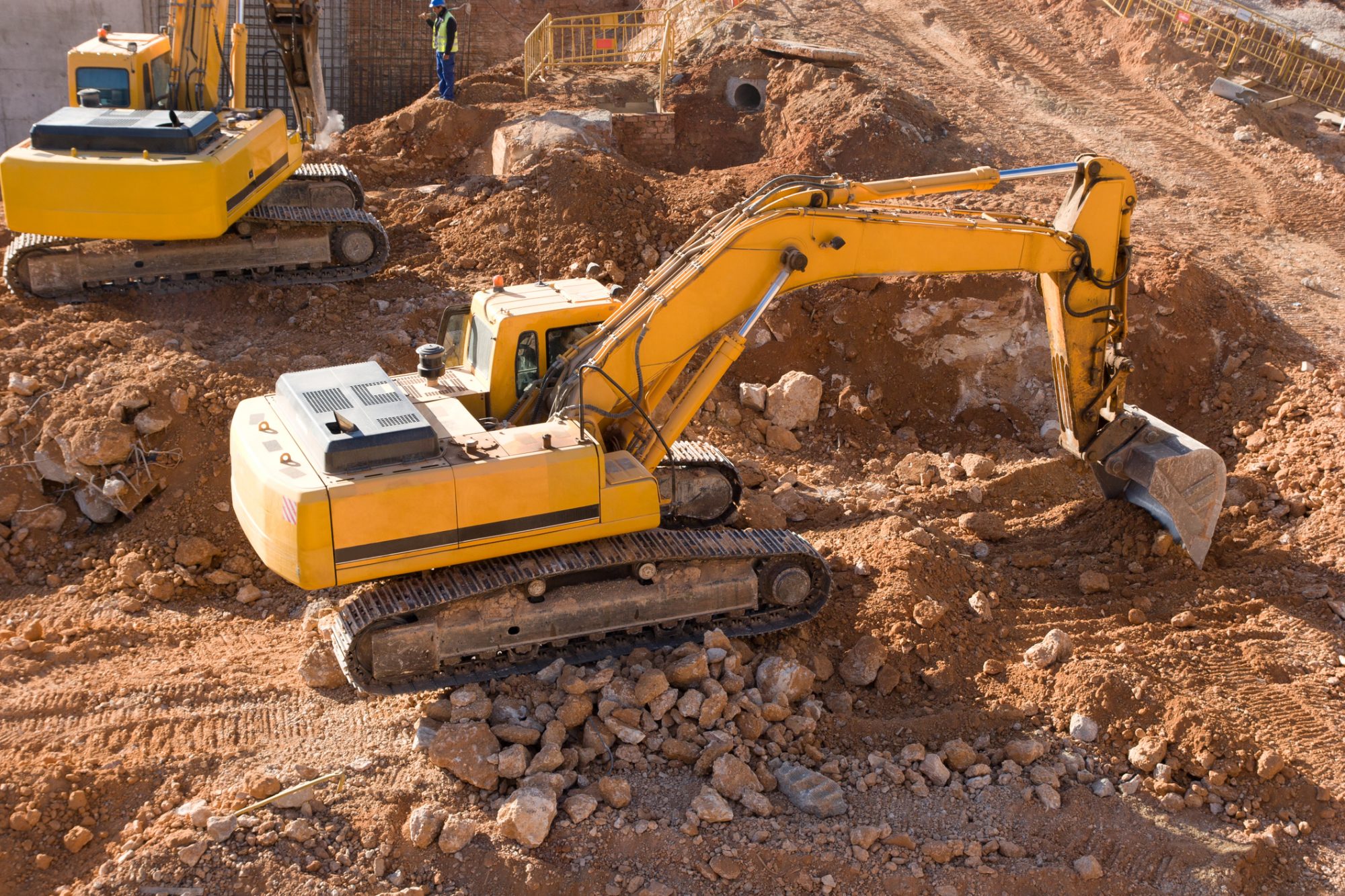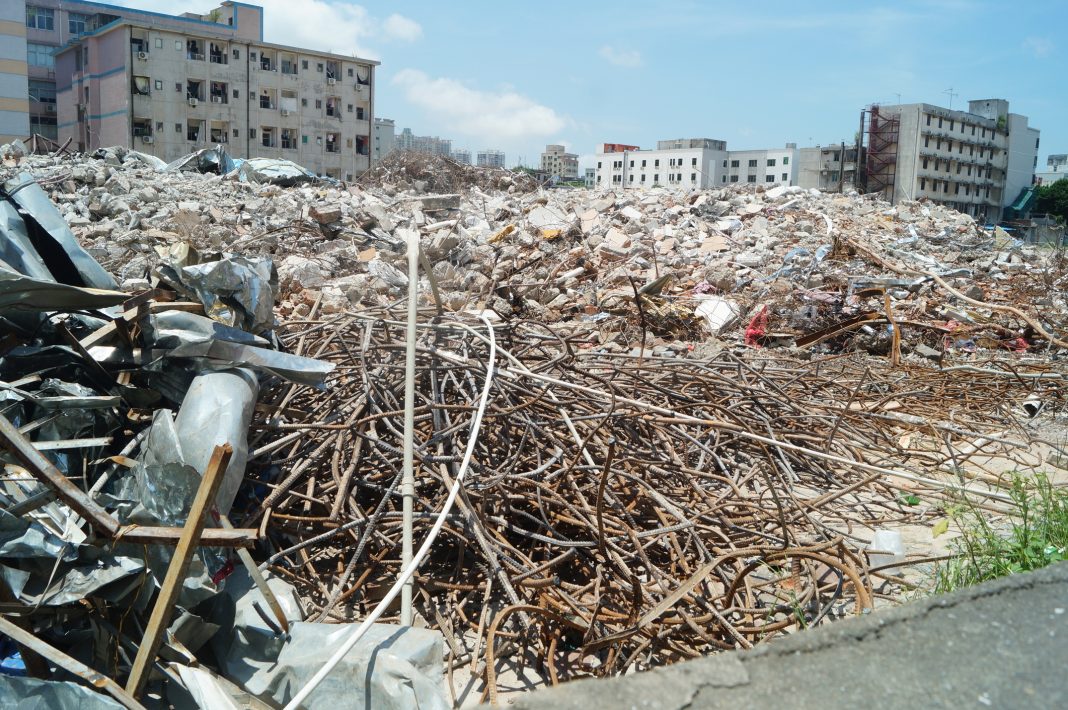As one of the key topics of debate around sustainability and climate change, embodied carbon is something we must all understand better. Vincent Matthews, head of UK marketing for SFS, explains
Sustainability has never been more in the spotlight of the social, political, and public consciousness. This is giving architects and specifiers an even greater challenge. With buildings being planned or developed to stand for generations to come, making the choice of products more important than ever.
This is particularly important when looking at the amount of embodied carbon found inside building products.
What is embodied carbon?
Embodied carbon refers to all the CO2 emitted in producing materials. This is estimated from the energy used to extract and transport raw materials alongside all emissions used in the manufacturing process.
The embodied carbon of a building includes all the emissions from construction materials, the building process, fixtures and fittings, and the deconstruction and disposal of it all at the end of its lifetime.
Understandably, embodied carbon in the built environment represents a significant portion of greenhouse gas (GHG) emissions. According to the Carbon Leadership Forum, approximately 40% of energy-related GHG emissions are generated by construction and operation of buildings worldwide, while 11% are generated from manufacturing materials.
How to identify embodied carbon
In our industry, it’s important for architects, specifiers and contractors to know the carbon footprints of building products. More and more of our clients are asking for detailed information on the sustainability of the products being selected.
We expect pressures from political and legislative corners to increase in the coming months – from framework agreements requiring proof of sustainability to any new initiatives that could emerge from the 2021 United Nations Climate Change Conference (COP26).
There is an important question we must all ask ourselves: how can the carbon footprint of products be effectively defined to include accurate information on embodied carbon?
Construction products environmental product declarations (EPDs) have become a growing source of environmental data. It’s these that are now being used to assess the environmental performance of a building. They’re also being used to compare products while making procurement decisions late on in the construction process.
Finding and purchasing low-embodied carbon products can be challenging because of a lack of data quality and transparency in EPDs.
Lack of regulation
Currently, the UK has no formal regulation in relation to embodied carbon emissions. Campaign group ACAN (Architects Climate Action Network) is demanding the introduction of regulatory legislation in the same vein as France, Finland and the Netherlands. Part Z – a lobby group featuring architects, structural engineers and sustainability experts – wants Building Regulations to include compulsory whole-life carbon assessments.
The importance of getting verified
While regulations will take time to make genuine change, it’s important that architects and specifiers understand the carbon footprint of the products they choose from us. That is why we and all manufacturers must start attaining verified EPDs and confirming that products comply with European standard EN 15804.
Standard EN 15804 describes the technical performance of the product through its lifecycle, from raw materials through to manufacturing, construction, usage and disposal. With a verified EPD, our customers can better trust the products we provide and know exactly how much embodied carbon is within them.
A verified mark for architects and specifiers is advantageous, giving independent proof of a product’s sustainable credentials, which supports compliance with Part L of Building Regulations. For manufacturers, products being fit for purpose from a sustainability perspective is important in keeping up with customers’ demands.
Complying with European standard EN 15804 offers additional benefits. Knowing exactly how much embodied carbon is used in a product creates a benchmark to make further sustainability improvements in product development. At the same time, the data serves as a reference point for potential cost reductions in energy, transport and manufacturing processes by reducing embodied carbon.
How SFS is creating a sustainable future
At SFS, we’re doing everything we can to show our sustainability credentials. We’ve now signed up to BRE’s EPD scheme. We’re also part of the UN Global Compact and support the principle of introducing Approved Documents to cap embodied carbon emissions on all major construction projects.

As part of this, we are now implementing BRE’s online measuring tool, LINA. This gives us the best tool possible to make accurate calculations of embodied carbon, bringing transparency back into the supply chain and helping drive more sustainable choices.
Alongside this, we’ve also launched our NVELOPE® Project Builder service for rainscreen subframe systems, an online tool that helps buyers calculate every necessary consideration for a project. This offers not only automated calculations for general building areas but also component guides and list prices, NBS specifications and 3D modelling of thermal point loss areas.
All our tools are available through SFS’ ConnectSuite, our complete online portal that makes the transition to digital integration as seamless as possible.
Securing a sustainable future
Regardless of big legislative changes, our industry must make the first steps to understanding the benefits of knowing how much embodied carbon there is in building products. Not only must we provide the best products, but we must also provide the most sustainable.
We’re excited to help our customers make more informed, sustainable choices today. We’re also reflecting on how we source, manufacture and transport products. No matter how small, we are committed to making positive changes across the entire built environment.
Measuring embodied carbon is only the start of securing futures. We’re already on the pathway to other technologies. There is more to be done ahead of building tomorrow’s homes, offices and hospitals. To secure those futures, the work starts right now.
Get in touch with us today for more information on our sustainable products.
Bethany Haller
Wyatt International
bethany@wyattinternational.com
Tel: +44 (0)121 454 8181
Vincent Matthews
SFS
vincent.matthews@sfs.com
Tel: +44 (0)330

















